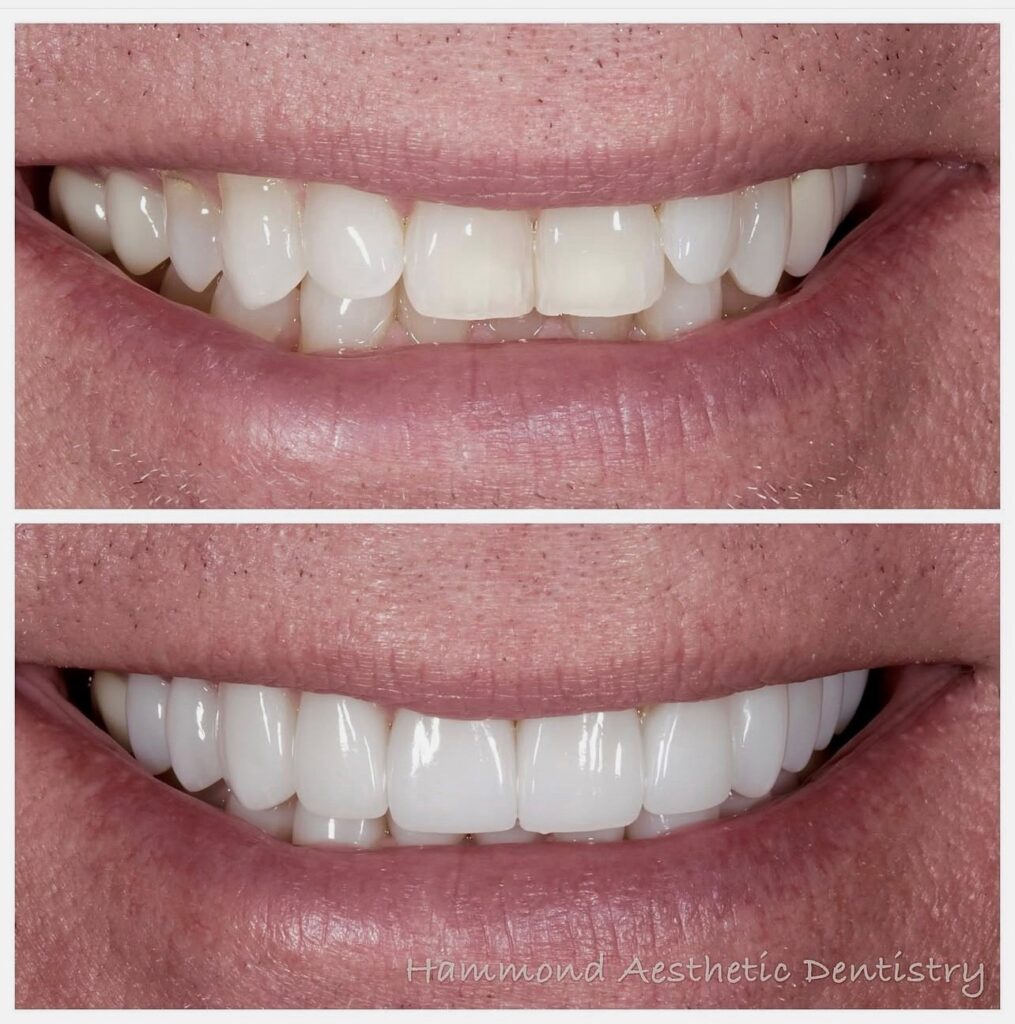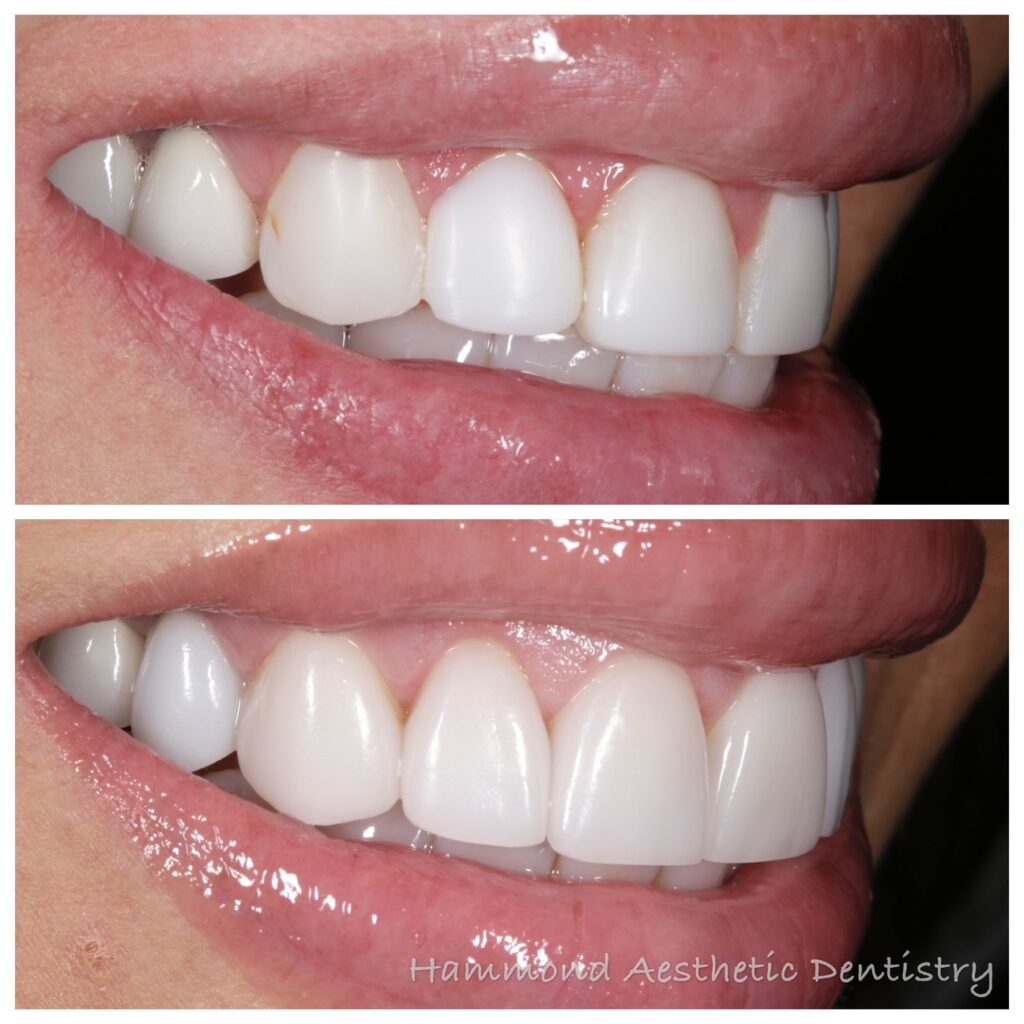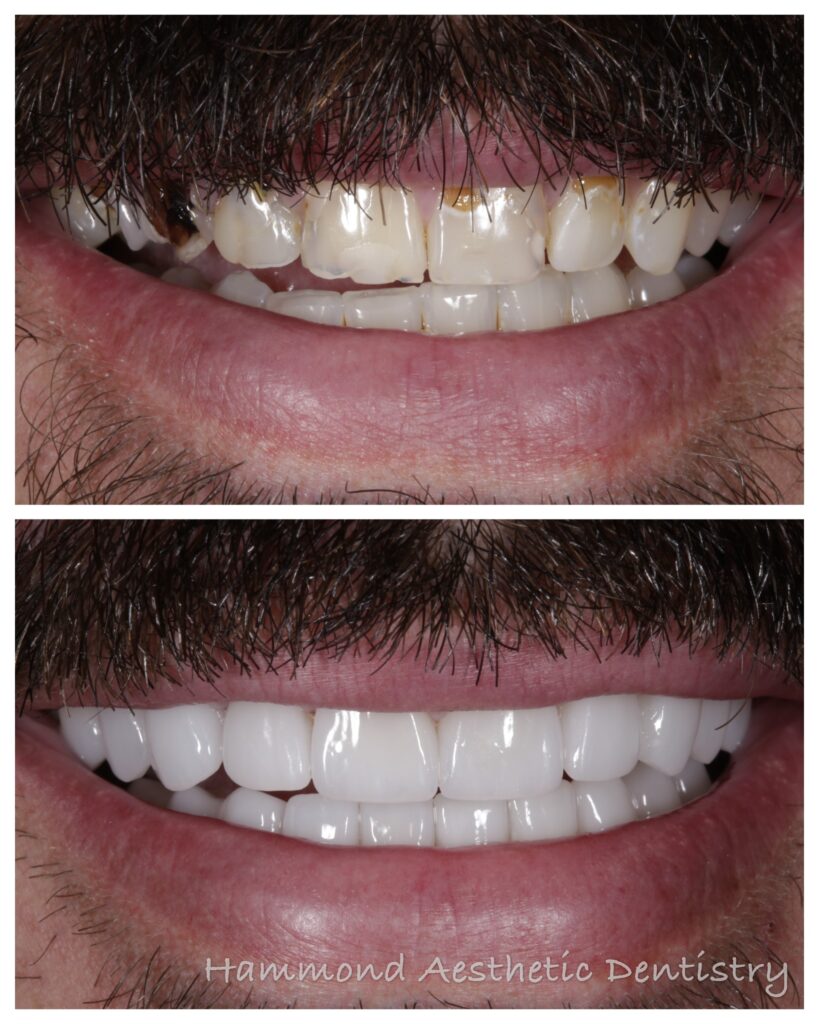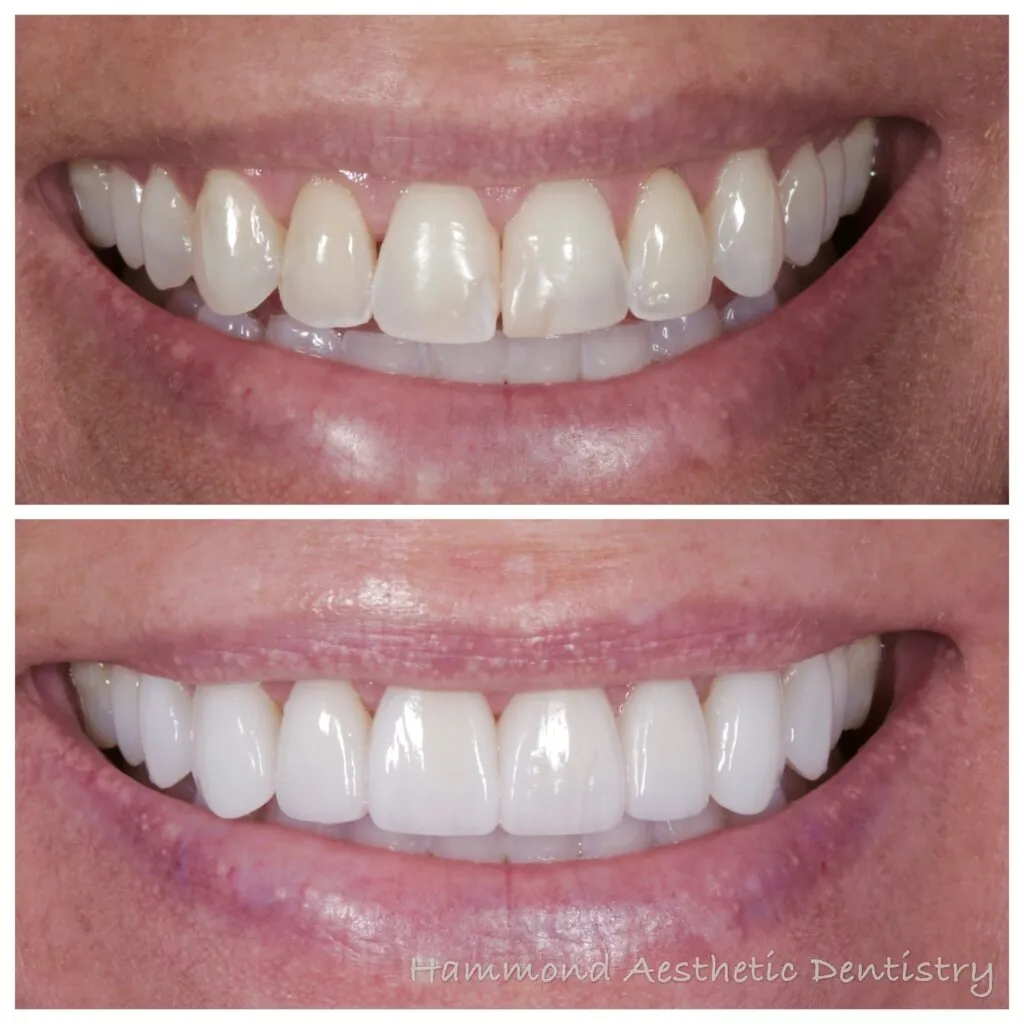Lyme disease, which is initiated by the bite of an immature deer tick, is difficult to diagnose, but your dentist may be able to detect this mysterious disease, reports the Academy of General Dentistry, an organization of general dentists dedicated to continuing dental education. Patients with Lyme disease report pain in their teeth, chewing muscles and jaw joint, which drives them to the dentist.
“Unfortunately, most patients are not diagnosed properly until their Lyme disease is at a later stage, and when it is more difficult to treat,” says Manuel Cordero, DDS, a spokesperson in New Jersey for the Academy of General Dentistry. “Diagnosing this disease is very tricky because it can hide itself behind many dental problems, including toothaches and jaw pain.”
A study of 120 patients with Lyme disease revealed that about 75 percent of patients reported pain in the chewing muscles and 72 percent reported temporomandibular joint pain. Burning mouth was reported by 25 percent of these patients, and 70 percent reported a sore throat. About 47 percent of the patients visited up to 10 doctors before being properly diagnosed.
“Your dentist may suspect Lyme disease if you have a mysterious toothache that can’t be attributed to cavities,” says Dr. Cordero. “The disease may be really causing you to feel pain underneath the tooth.”
About 70 percent of patients with Lyme disease reported dental pain in the absence of dental disease, and the dental pain tended to move from tooth to tooth. Of these patients, 36 percent had multiple dental treatments, including root canals and tooth extraction unnecessarily.
“Early diagnosis is critical because in its late stages, Lyme disease can lead to neurological symptoms, arthritis, and can involve the heart and other organs” says Dr. Cordero. “Filling out a proper medical history will help the dentist detect this mysterious disease.”
About 70 percent of Lyme disease patients are found in the Northeast, but it has also been reported in the North Central and Pacific Coast regions. Since 1980, nearly 100,000 people in the United States have had Lyme disease.
Other symptoms associated with Lyme disease are headache, flu-like illness with achy joints, muscle pain, stiff neck, significant fatigue and facial pain. Many patients also have a characteristic bull’s eye shaped rash with a clear center seen at the site of the bite.





